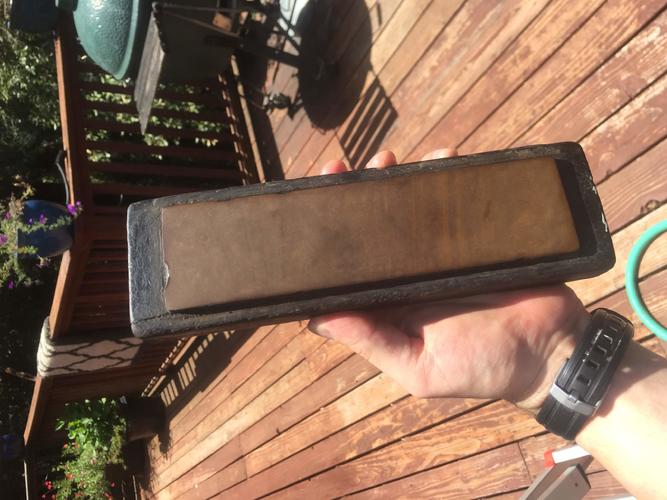Results 11 to 20 of 21
Hybrid View
-
05-23-2018, 02:16 PM #1

Here's a photo of the stone in the light sans oil.

I was under the impression that washitas were a specific type of arkansas stone.
I take it from the way you mentioned it and it's properties that it might be a category onto itself. Is that the case?"One must always choose the lesser of two weevils." - Cpt. Jack Aubrey
-
The Following User Says Thank You to SailorJ For This Useful Post:
Toroblanco (05-23-2018)
-
05-23-2018, 03:32 PM #2Senior Member

- Join Date
- Sep 2013
- Location
- NW Indiana
- Posts
- 1,060
Thanked: 246
Washita stones are composed of the same material as the "harder" varieties of Ark but are considerably less dense. This means the abrasive peaks are father apart, which equates to a slightly coarser stone and also allows particles to be dislodged easier which creates a faster cutting stone.
Last edited by eKretz; 05-23-2018 at 03:36 PM.


 15Likes
15Likes LinkBack URL
LinkBack URL About LinkBacks
About LinkBacks






 Reply With Quote
Reply With Quote